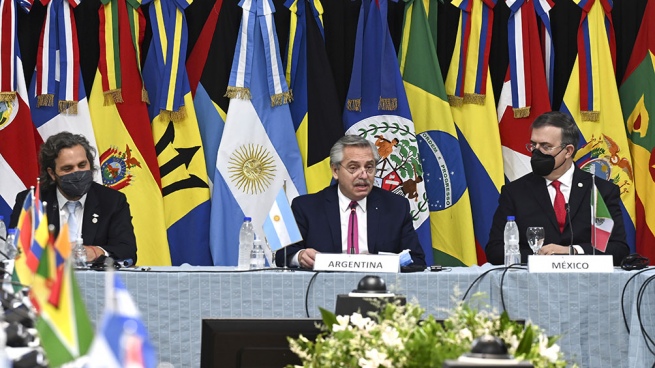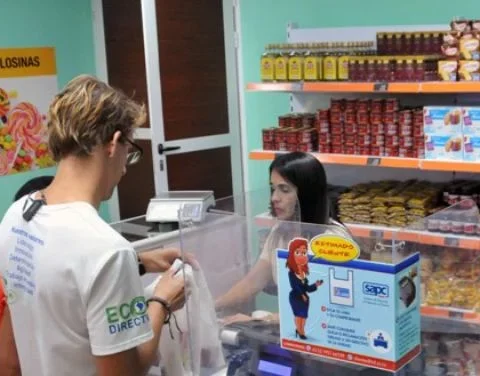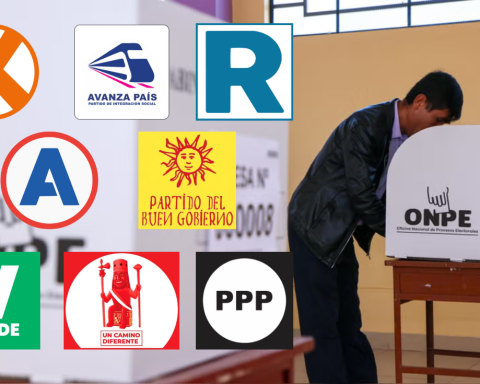The deadline for municipalities to update data from the National Sanitation Information System (SNIS) on water supply, sanitary sewage, municipal solid waste and rainwater ends next Monday (30). 
The SNIS is a fundamental tool for planning basic sanitation in the country, both for the federal level and for states and municipalities.
Information from the SNIS helps to guide the application of investments, the construction of action strategies and the monitoring of programs and sanitation services, which directly affect the population’s quality of life.
The information is for the year 2021. Municipalities that do not update the data in the system will be in default and will have access to federal resources for basic sanitation blocked. For more information, just go to SNIS pageat the site of the Ministry of Regional Development.
Sanitation in numbers
Data from the last SNIS diagnosis, from 2020, show that in relation to water supply, the rate of service with water distribution networks in the country was 81.4%. Only in urban areas, the indicator rises to 93.4%. The average per capita consumption reached 152.1 liters per inhabitant per day.
Among the macro-regions, the South presents the best numbers, with 91% in total service and 98.8% in urban service. The Southeast follows, with 91.3% and 96.1%, respectively.
Then comes the Midwest, where 90.9% of the population has access to some water supply service. In urban areas this percentage rises to 98%. In the Northeast region, the percentages are 74.9% for the general population, and 89.7% for urban centers; in the North, the percentages are, respectively, 58.9% and 72%.
More than half of the service is provided directly by the government, which accounts for 54.3% of the market. Municipalities represent 34.3% of supply services. Private companies account for 8.5% and public companies and social organizations for 1%.
When it comes to sanitation, the numbers shrink. The data show that the service reaches 55% of the population (115 million people). The lowest percentage and collection is in the North Region, where only 13.1% of the population has access to sanitary sewage.
Then comes the Northeast region, with 30.1%; the South Region, with 47.4%; the Midwest, with 59.5%. The highest percentage of sewage collection is in the Southeast region, where more than 80.5% of the population has access to this service.
Direct public administration is responsible for almost the entire service offer, serving 81.2% of homes that have access to sewage networks. Municipalities account for 13.9% of the market; private companies 3.5%; and mixed capital companies, public companies and social organizations account for around 1.3%.
Regarding solid waste collection, the diagnosis shows that the service is provided to 90.5% of the population, with emphasis on the Southeast region, where 96.1% of the population has access to the garbage collection service. Next comes the South Region, with 91.5%; Midwest, with 91.3%; the Northeast with 83.1% and the North with 80.7%.
Of the total waste collected, most, 73.8% goes to sanitary landfills; dumps receive 14.6% of the waste and controlled landfills, 11.6%. Selective collection is present in 36.3% of the municipalities.


















